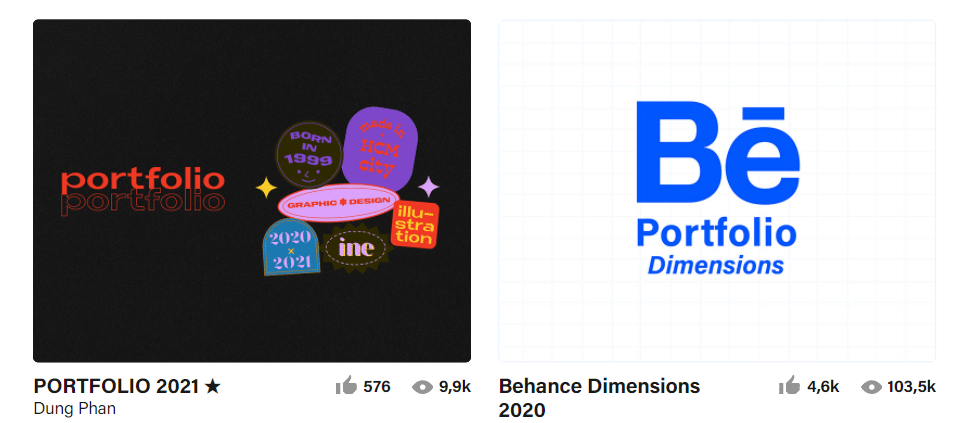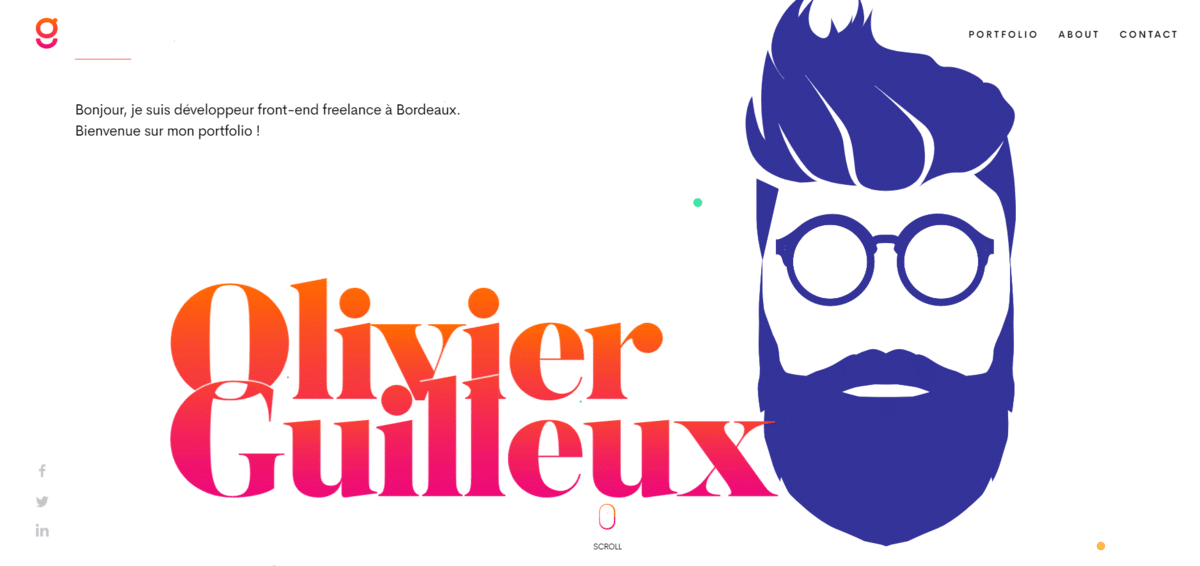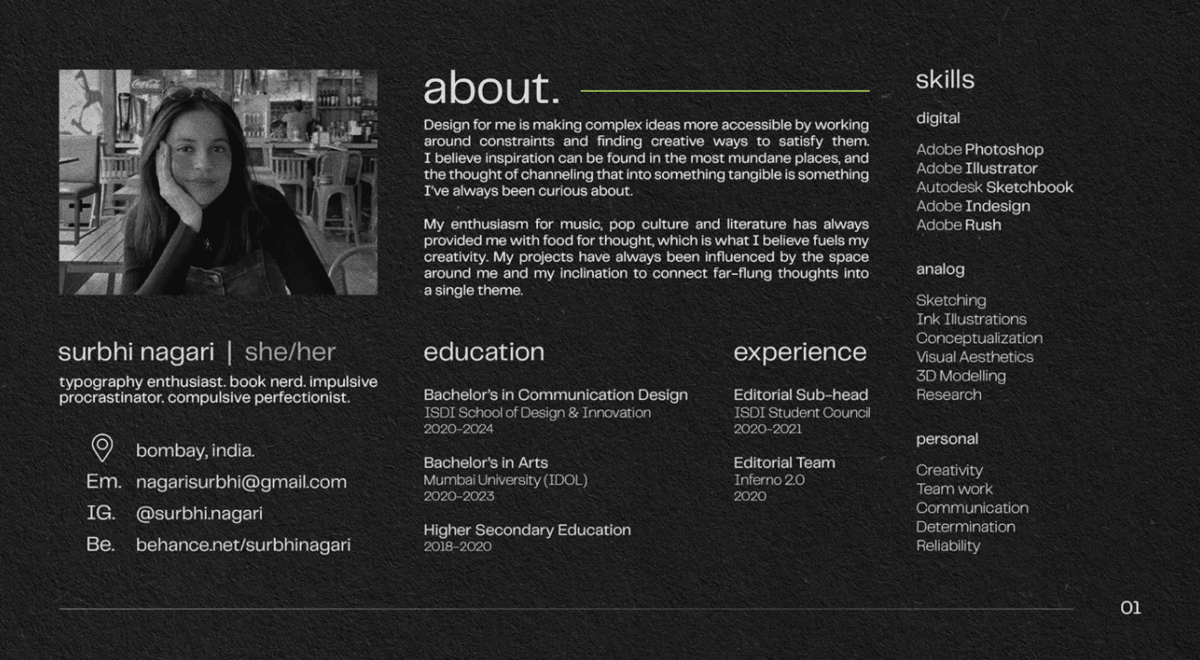
Source: Behance
One of the best ways to get a job is, as with most things, experience. We cannot get experience without work. This may seem like a difficult thing to achieve, but there is a way to do it: with a good professional portfolio.
En la presentnity, that recruiters requiredieren which that candidacts a un puiso presenten un portfolio teacheresnational. By lo tanto, es importante tener en el portfolio lo mace completeto postible. Here are the steps you have to follow to know how to make a professional portfolio.
Before we start… what is a portfolio?
Un portfolio es una coleccion de the mejores cosas which or as partized, es Decemberir, tu mejor trabit. Mace o menos, your portfolio is like a miniature career. Todo lo which tscaryas en él to beá lo which tú tscaryas which bridgerare for withseguir to your future clients or to your work.
And now that you know what it is, follow the steps below to create yours:
Steps to follow to create a professional portfolio
First, analyze well the job market in which you want to work. Así, podrace defineir qué typeo de trabit quiers of empeñar, qué actividSoy beverage partizarace, qué typeo de emptravel isá intersada en contratar commitment de tu and, etc.
Allow users to always understand your work and services through your portfolio. For this reason, it is best do an analysis and think if your document provides answers to the questions that your clients or companies will:
- Who you are?
- What are you doing right now?
- What projects have you done?
- Why should they hire you?
- In what format are you going to present it?
- What is the purpose of your portfolio?
- What is your methodology?
Choose the format of your portfolio
There are many ways to present a portfolio, but today, the most striking and creative are the digital ones, Such as Behance, Wix, Workspace, WordPress, Cargo or Ionos. These tools are very useful when creating a portfolio. By creating it digitally, you make it easier for your clients or companies to find you and want to work with you.
You can also use the traditional format such as PDF. So you could also print your portfolio, if that were the case.
Make it simple and straightforward

Source: www.olivier-guilleux.com
Something that you have to take into account, are your objectives, they have to be well defined in each section. It will be easier if you create a structure based on the different sections that you want to show. Regarding the design, it must be clean and attractive, first impressions are very important.
Make a selection of the best jobs
The most important section of your portfolio is here: your work. Make a compilation of the best projects you have, as it is not convenient to show them all. You must choose those that better fit the professional profile demanded by said company or the clients to whom you want to offer your services.
Accompany your projects with an explanation
Linking with the previous section. The jobs you choose must be accompanied by an explanation about the project. Ideally, these explanations should be posted to the side of the projects. It is important that you keep in mind, the objective of the project, its description and the skills and tools you used to carry it out. You have to take into account, the images that you select from each project, these must have good quality and be consistent with the explanation of each project.
Add a section about yourself

Source: Behance
Jobs are important, but who does too. It is very important that it is very clear who you are, what you do, why and how you do it. This is where you can add your resume and social media profiles.
In this section, you must compress your work experience, as well as describe your professional career, and emphasize what makes you different from the rest of your competitors.
Add a badge to your portfolio
Your achievements or participations in different projects they can make you gain more credibility. Let's say that in a way it is a way of supporting your methodology and your skills. You can also add testimonials from people who have worked with you to make your work even more relevant.
Includes a direct contact form
You have to make sure that it is very clear, how to contact you. Either by email, by phone, by your website or by Linkedin. It is recommended that you make a single page or tab for the Contact section.
Now that you know where to start creating your portfolio, it's time to get down to business. Cheer up!